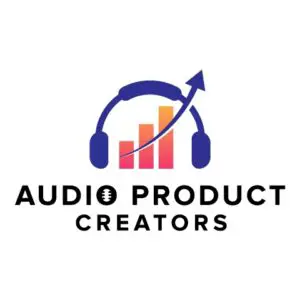Before buying or making a DIY sound booth for professional audio product recording, you need to identify how loud and what frequency range the unwanted noises are. Knowing this will give you an...
Category: Soundproofing
Sound booths were initially designed in the early 1900s as a space to get away from noisy settings in radio stations, film and TV locations, and phone booths. Thus the music and voice-over industries...
It’s a fact that professional audio product recording requires optimum conditions to comply with the industry standards regarding noise reduction and sound absorption. To make a DIY professional...
Professional audio product recording (audiobooks, audio magazines, podcasts, voice-over narration) requires space without reverberation, echo, and external noises. To soundproof a room you need...
Glass is a dense reflective material that can work as a sound barrier material if it’s used correctly. A single standard glass pane 5 mm thick (7/32”) is STC 20 on average. Satisfactory...
Acoustic foam is a very poor noise reduction material, but excellent reverb and echo absorber inside a sound booth or recording room of a sound studio. If you want to block sound, acoustic foam is...
